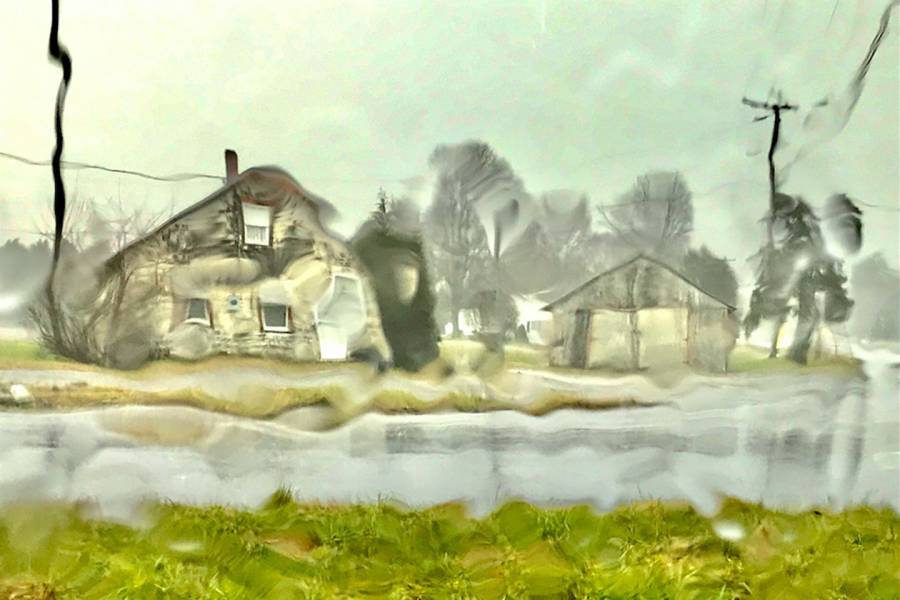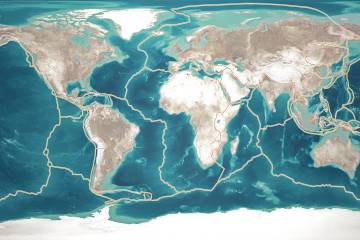There may be a hidden cost to urban expansion: more flooding.
A new Johns Hopkins study has found that for every percentage point increase of roads, parking lots, and other impervious surfaces, annual floods increase on average by 3.3%. This means that if an undeveloped river basin increases the amount of impervious surfaces from zero to 10%, scientists would expect, on average, a 33% increase in annual flooding.
The study was published today in Geophysical Research Letters.
"With recent major floods in heavily urbanized cities like Houston and Ellicott City, Maryland, we wanted to better understand how much urbanization is increasing flood flows," says Annalise Blum, a former postdoctoral fellow in Johns Hopkins University's Department of Earth and Planetary Sciences and the paper's first author. Blum, who received a Howard L. Pim Postdoctoral Fellowship in Global Change while at Johns Hopkins, is now a science and technology policy fellow at the American Association for the Advancement of Science.
While previous studies have tried to estimate how much impervious surfaces affect flooding, those studies used smaller datasets—looking at only one stream or a small set of streams at a single point in time—that weren't generalizable across the country. These studies also couldn't isolate the cause-and-effect relationship between impervious surfaces and flood magnitude, Blum says, because they couldn't effectively control for other factors such as climate, dams, and land use. These other factors make it difficult to say how more impervious cover impacts flood magnitude.
Blum worked with Paul Ferraro, a Bloomberg Distinguished Professor with joint appointments in the Carey Business School and the Department of Environmental Health and Engineering, which is shared by the Bloomberg School of Public Health and the Whiting School of Engineering. Together, the researchers employed mathematical models not often used in the study of water or floods.
"Inferring cause and effect in the environment around us is difficult," Ferraro says. "However, in the last few decades, fields like economics and biostatistics have made great advances in methods that can isolate cause and effect. By bringing these methods to hydrology, we hope that we can spur advances in hydrological science, as well as in the urban policies and programs that depend on that science."
Blum and colleagues created a data set that allowed them to leverage differences across both time and space to isolate the effect of impervious surfaces on floods. The research team analyzed 39 years of data (1974-2012) from more than 2,000 U.S. Geological Survey streamgages, which measure the amount of water flowing through a stream. The team then merged the stream data with data on the growth of impervious surfaces in the basins upstream of the gages.
The authors estimate that annual flood magnitude (defined as annual maximum streamflow) increases by an average of 3.3% for every 1% increase in the area of patios, garages, pavement, or other impervious surfaces.
"Due to the large variability in annual flooding, it is difficult to isolate the effect of urbanization. Combining these large datasets with both time and space dimensions allowed us to tease out and calculate the magnitude of the effect," Blum says.
Blum hopes that researchers will apply the methods to other environmental challenges and use the results to prepare for the unintended consequences of urbanization.
"If you're looking at a basin that you expect will urbanize in the next five years, these findings will give you a ballpark estimate of additional flooding to expect due to that urbanization," she says.
Posted in Science+Technology
Tagged earth and planetary sciences, urban planning, urbanization










